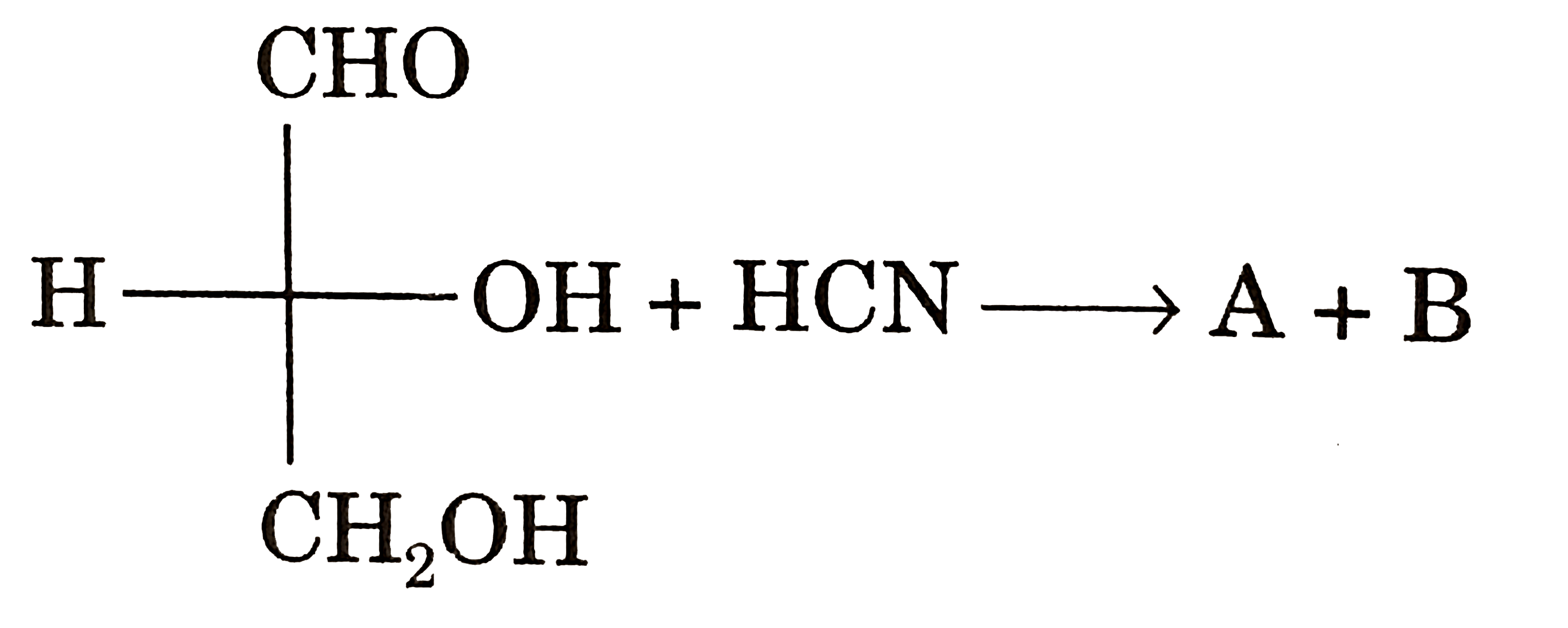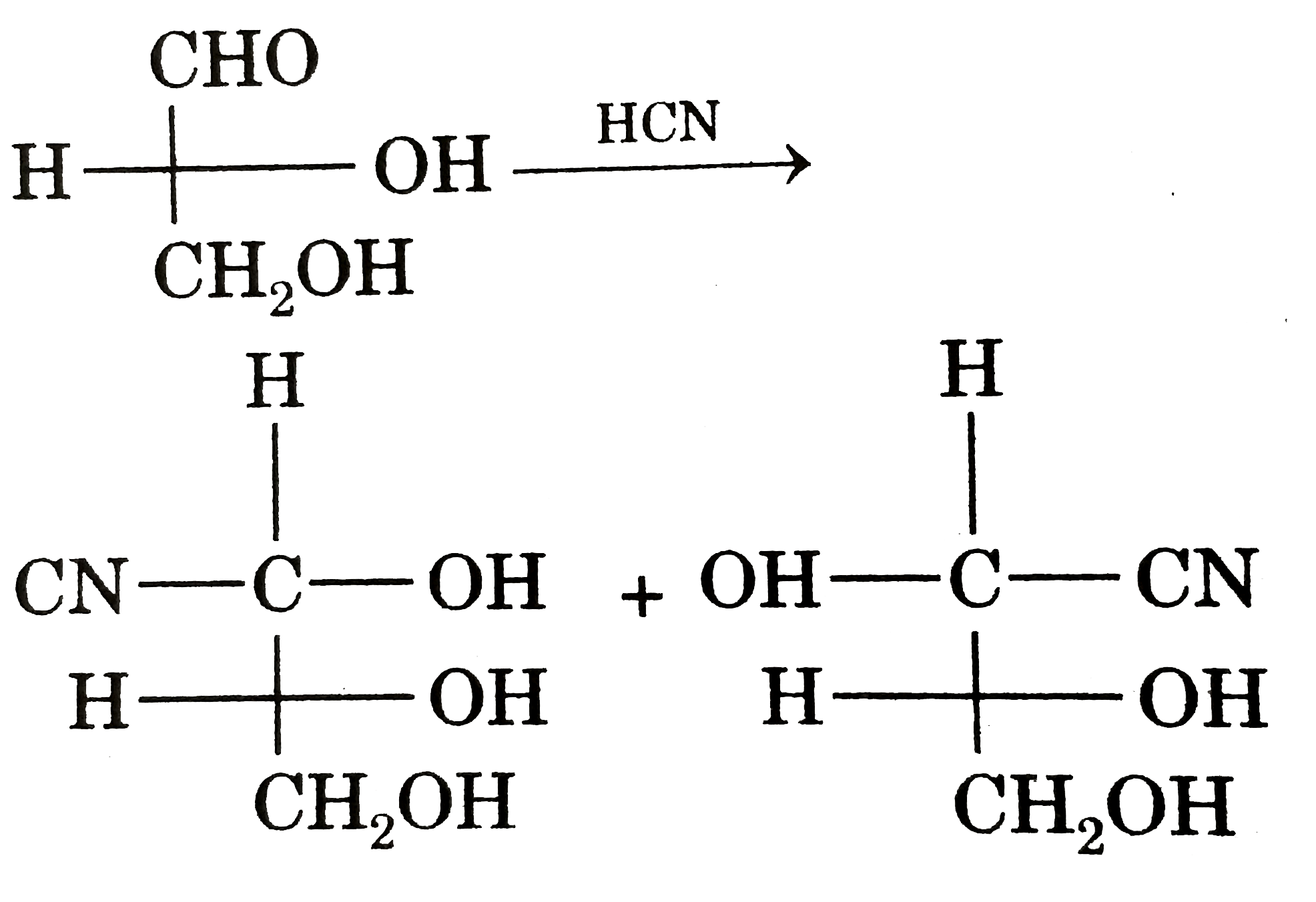
A and B are :
meso copounds
diastereoisomers
enantiomers
both (a) and (b)
The correct Answer is:b

Thus A and B are diastereoisomers.
Topper's Solved these Questions
- ISOMERISMBOOK - GRB PUBLICATIONCHAPTER - ISOMERISMEXERCISE - REASONING TYPE
24 Videos
- ISOMERISMBOOK - GRB PUBLICATIONCHAPTER - ISOMERISMEXERCISE - MULTIPLE OBJECTIVE TYPE
71 Videos
- GASEOUS STATEBOOK - GRB PUBLICATIONCHAPTER - GASEOUS STATEEXERCISE - Exercise
530 Videos
- MOLE CONCEPT, STOICHIOMETRY & CONCENTRATION TERMSBOOK - GRB PUBLICATIONCHAPTER - MOLE CONCEPT, STOICHIOMETRY & CONCENTRATION TERMSEXERCISE - Subjective type
145 Videos
Similar Questions
If a, b and c are three coplanar vectors. If a is not parallel to b, show that c=∣∣∣c⋅aa⋅bc⋅bb⋅b∣∣∣a+∣∣∣a⋅ac⋅aa⋅bc⋅b∣∣∣b∣∣∣a⋅aa⋅ba⋅bb⋅b∣∣∣.
View SolutionIf a, b and c are three coplanar vectors. If a is not parallel to b, show that c=∣∣∣c⋅aa⋅bc⋅bb⋅b∣∣∣a+∣∣∣a⋅ac⋅aa⋅bc⋅b∣∣∣b∣∣∣a⋅aa⋅ba⋅bb⋅b∣∣∣.
View Solution
Knowledge Check
If the vectors a, b and c are coplanar, then ∣∣ ∣∣abca⋅aa⋅ba⋅cb⋅ab⋅bb⋅c∣∣ ∣∣ is equal to
A1B0C−1DNone of these 3
For any sets A and B, prove that :
(i) (A−B)∩B=ϕ
(ii) A∪(B−A)=A∪B
(iii)(A−B)∪(A∩B)=A
(iv) (A∪B)−B=A−B
(v) A−(A∩B)=A−B
View Solutionthe symmetric difference of A and B is not equal to (A−B)∩(B−A) (A−B)∪(B−A) (A∪B)−(A∩B) {(A∪B)−A}∪{A∩B}
View SolutionFind the sum upto n terms of the series 0.b+0.bb+0.bbb+0.bbbb+......,∀ b∈N and 1≤b≤9.
View SolutionFind the sum of the series upto n terms 0.b+0.bb+0.bbb+0.bbbb+......,∀ b∈N and 1≤b≤9.
View SolutionIf A=[ab−ba]andB=[abba], find AB.
View SolutionIf AB=AandBA=B, then a. A2B=A2 b. B2A=B2 c. ABA=A d. BAB=B
View SolutionIf a,b∈R and a⋅b=aa+b where a+b≠0 and a⋅b=5 then b⋅a=
View Solution
